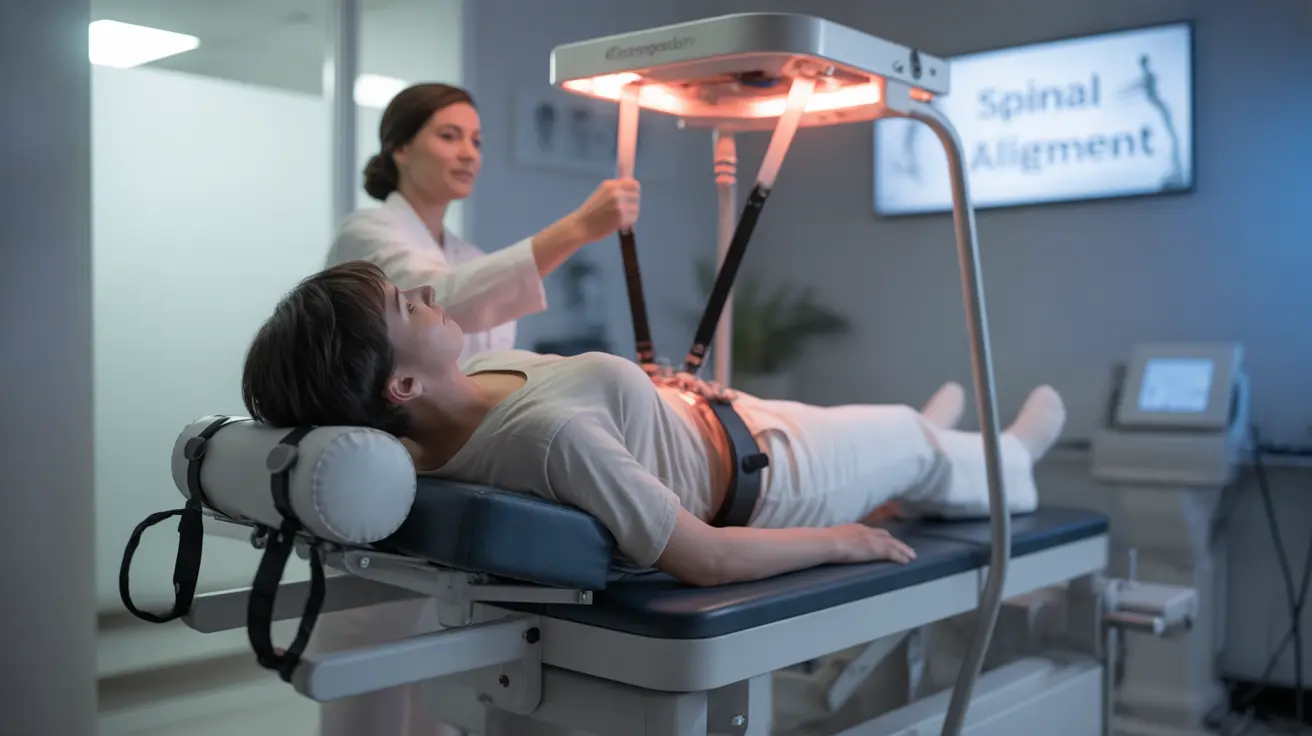Living with chronic back pain or spinal issues can significantly impact your quality of life. Spinal decompression has emerged as a promising treatment option for many individuals suffering from various spine-related conditions. This comprehensive guide explores how spinal decompression works, its different forms, and what you can expect from treatment.
What Is Spinal Decompression?
Spinal decompression is a therapeutic approach designed to relieve pressure on compressed spinal nerves and discs. This treatment can be performed either through non-surgical methods using specialized equipment or through surgical procedures, depending on the severity and nature of your condition.
Types of Spinal Decompression Treatments
Non-Surgical Decompression
Non-surgical spinal decompression involves using motorized traction devices that gently stretch the spine. This controlled stretching creates negative pressure within the spinal discs, which can help retract herniated disc material and promote healing by improving nutrient and oxygen flow to the affected area.
Surgical Decompression
Surgical spinal decompression encompasses various procedures aimed at relieving pressure on neural elements. These may include laminectomy, discectomy, or foraminotomy, depending on the specific condition being treated. These procedures are typically reserved for cases where conservative treatments have failed to provide relief.
Common Conditions Treated with Spinal Decompression
Spinal decompression therapy can address several spine-related conditions:
- Herniated or bulging discs
- Degenerative disc disease
- Sciatica
- Spinal stenosis
- Posterior facet syndrome
- Chronic neck and back pain
The Treatment Process
For non-surgical decompression, patients typically undergo multiple sessions over several weeks. Each session usually lasts 30-45 minutes, during which patients lie on a specialized table while the equipment applies controlled traction forces. Surgical procedures, on the other hand, require hospitalization and more extensive recovery periods.
Recovery and Results
Recovery timelines vary significantly between non-surgical and surgical treatments. Non-surgical therapy patients often experience improvement within a few weeks, while surgical recovery can take several months. Success rates depend on factors such as the specific condition being treated, overall health status, and adherence to post-treatment recommendations.
Frequently Asked Questions
What conditions can spinal decompression treat and how does it relieve nerve pressure?
Spinal decompression treats conditions like herniated discs, sciatica, and spinal stenosis by creating negative pressure within the spine. This pressure helps retract protruding disc material and promotes healing by improving circulation and nutrient flow to affected areas.
What is the difference between nonsurgical and surgical spinal decompression treatments?
Non-surgical decompression uses motorized traction devices to stretch the spine gradually, while surgical decompression involves direct surgical intervention to remove tissue pressing on nerves. Surgical options are typically considered only after conservative treatments fail.
How long does recovery take after spinal decompression therapy or surgery?
Recovery from non-surgical decompression therapy typically takes 4-6 weeks of regular sessions, with patients often experiencing improvement within the first few weeks. Surgical recovery can take 3-6 months or longer, depending on the procedure and individual healing factors.
What are the benefits and risks of spinal decompression therapy for chronic back pain?
Benefits include pain relief, improved mobility, and potential avoidance of surgery. Risks may include temporary soreness, rare cases of muscle spasm, and the possibility of no improvement. Surgical risks include infection, bleeding, and nerve damage, though these are relatively uncommon.
How can I tell if I am a good candidate for spinal decompression treatment?
Good candidates typically have documented disc-related conditions, have failed to respond to conservative treatments, and don't have certain contraindications like pregnancy, severe osteoporosis, or spinal implants. A thorough evaluation by a qualified healthcare provider is necessary to determine candidacy.




